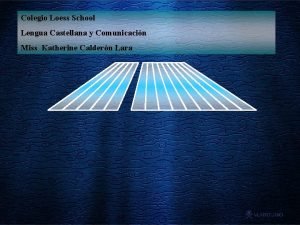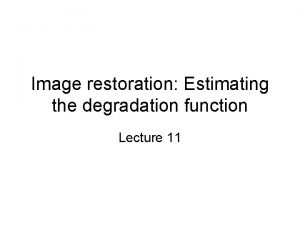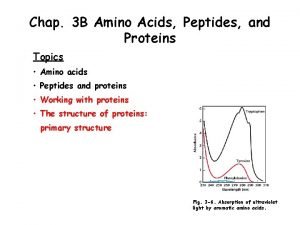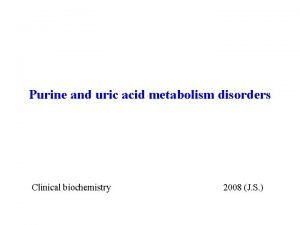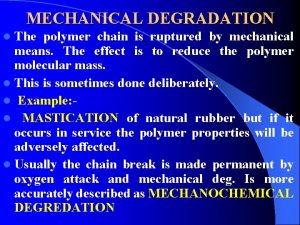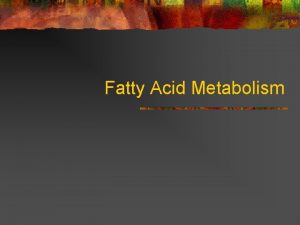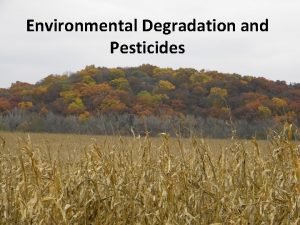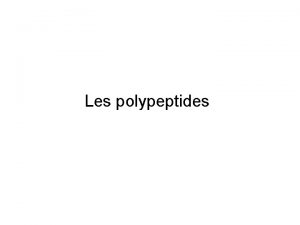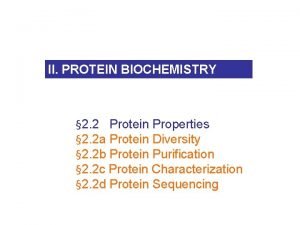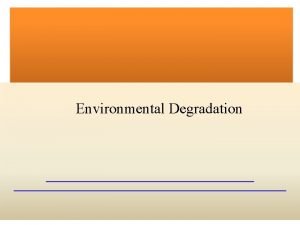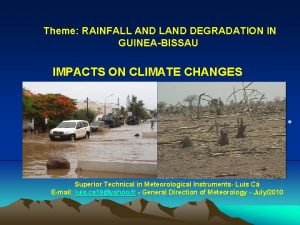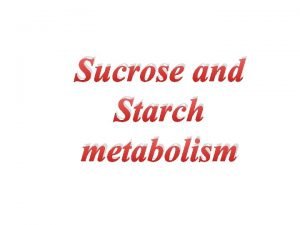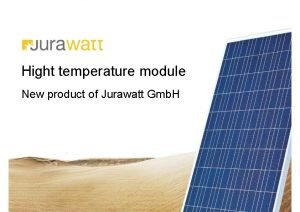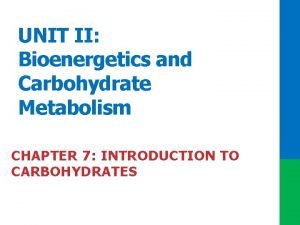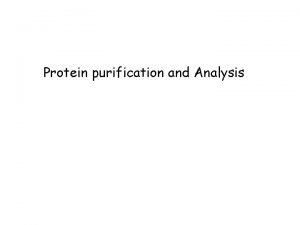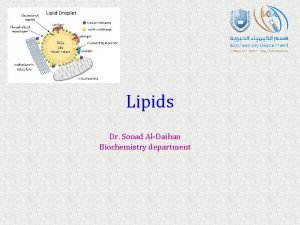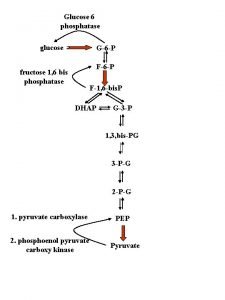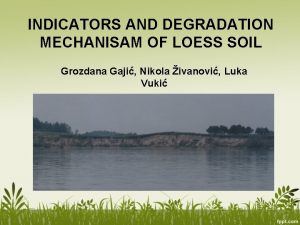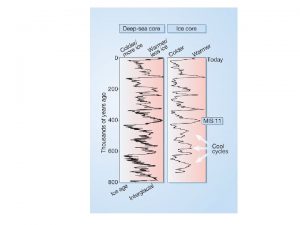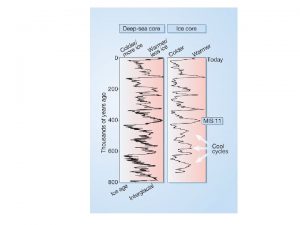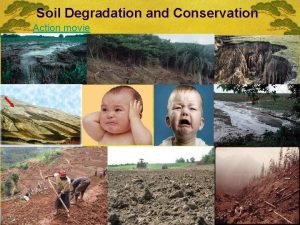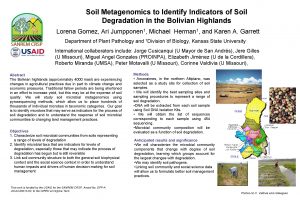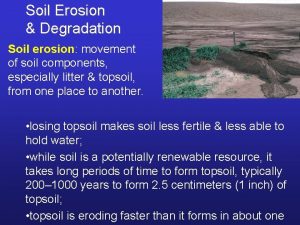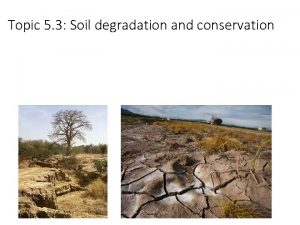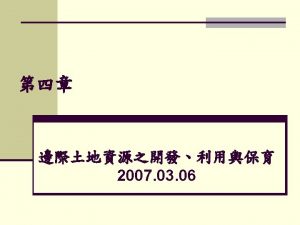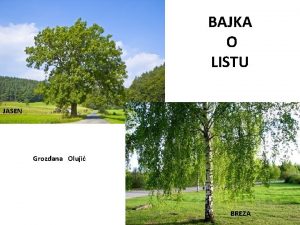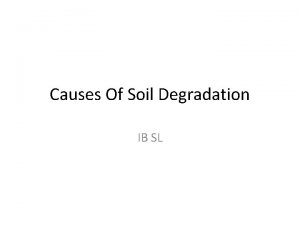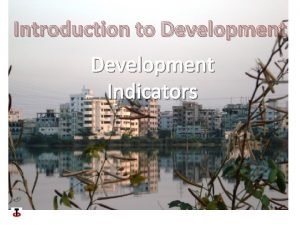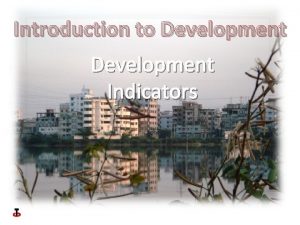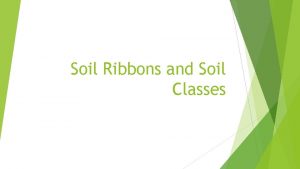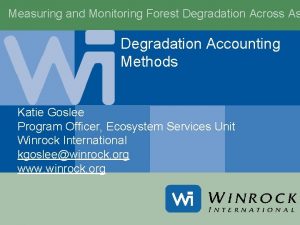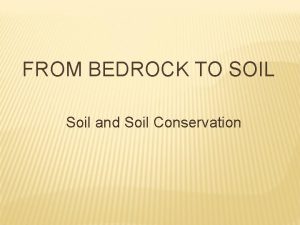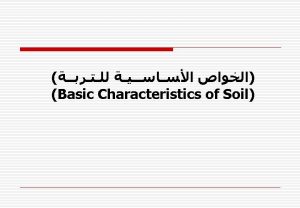INDICATORS AND DEGRADATION MECHANISAM OF LOESS SOIL Grozdana

























- Slides: 25

INDICATORS AND DEGRADATION MECHANISAM OF LOESS SOIL Grozdana Gajić, Nikola Živanović, Luka Vukić

INTRODUCTION AND OBJECTIVE • Studies that are presented in this paper were carried out to define the formation criteria of loess soil degradation. • Erosion stability analysis of this soil type will be carried out on the basis of its physical and mechanical characteristics.

• Geo-statistical analysis of the results of these studies defined the parameters of which depends the intensity of erosion processes. • Parameters of the occurrence and intensity of erosion processes in loess soil are parameters of shear strength, internal friction angle and cohesion in the function of humidity and deformability indicators in the function of dry bulk density (I. Miljanović, G. Gajić, 2011).

• The main objective of the research is to define the physical and mechanical properties of loess soil. • The origin mechanism of erosion is caused by a variety of factors that are affecting the change of: stress state, physical and mechanical properties and water regime, in the erosion engaged soil (Todorović T. ; Gajic G. , 1997). • Degree and form of loess soil erosions is dependent on the variation of these factors.

DATA ACQUISITION AND WORKING METHODS Data acquisition • Loess soil that is analyzed in this paper is originated from the area of Pozarevac and Kostolac, known as the "Stiška Valley". • The loess plateau in this area is a part of the coast and the wide river terraces of rivers Danube (Dunav) and Mlava (Mlava). • Absolute elevations are ranging from 70 masl on the banks of the Danube and Mlava rivers to 170 masl on Lestari.

The dominant forms of soil erosion on the river plain terraces are internal erosion processes, while on the slopes of Lestari, in addition to the internal processes there are intensive forms of surface erosion as well

• This region is also known for typical forms of degradation of river banks and surface excavation slopes also formed in loess. • Stability of banks and slopes are also conditioned by the physical and mechanical changes in water saturation and by the filtration forces in loess soil (S. Vujic et all 2011).

Working methods • Field research and laboratory testing of loess soils. • Field investigations include taking undisturbed soil samples. From this study area, 47 undisturbed loess soil samples were taken. • Physical-mechanical and deformable parameters were determined by testing undisturbed soil samples. • The samples were tested in laboratory conditions in accordance with prescribed standards SRPS - U. B 1, at laboratories of the Chair of Anti-erosion Geotechnics of Faculty of Forestry in Belgrade.

• Applied method, trough analysis of retrieved results, derives the quantitative indicators of the physicalmechanical and deformable parameters that create and develop erosion processes (G. Gajić, 2000). • Erosion stability will be carried out by comparative analysis of sinking index and dry bulk density with the analysis of moisture and loess soil shere strength parameters.

RESULTS Type of tests and the results of examined soil parameters • Tests and value determination of the physical-mechanical parameters and deformable indicators in the loess soil were conducted on all collected samples (total of 47).

Physical parameters Type of tests Ranges Mean value Water content W (%) 6, 5 - 35, 3 22, 5 Bulk densitie γ(k. N / m³) 15, 8 – 21, 0 18, 5 Dry bulk density γd (k. N / m³) 11, 8 – 16, 2 14, 4 36, 0 – 53, 5 45, 1 Porosity coefficient e 0, 5 – 1, 05 0, 80 Coefficient of filtration Kf (cm/s) 1, 9⁻⁰⁶ – 1, 2⁻⁰⁴ 2, 23⁻⁰⁴ Porosity n (%)

• The relevant ranges of percentage share of certain loess soils macro-porous fractions are shown in table. Clay Dust Sand small Sand medium Sand coarse Gravel small 0. 02 0. 2 1. 0 2. 0 30 1 15 (7. 35) 0 5 (1. 3) 0 2 (0. 35 ) 0 1 (0. 2 ) Granulom etric analysis 0. 000 0. 002 0. 02 Relevant ranges 2 19 (8) 73 91 (82. 6)

Mechanical parameters Ranges Mean value Internal friction angle Φ (°) 8 - 24 17, 00 Cohesion c (k. N /m 2) 9, 0 – 26, 1 16, 53 Compressibility module Ms (k. N /m 2) 2 200 – 5 400 3 800 Compressibility module (wetted conditions ) Ms (k. N /m 2) 1 800 – 4 000 2 900 Sinking index Im 0, 0066 – 0, 028 0, 0173

Influence of humidity change on resistance parameters • Experimental tests were carried out to examine the influence of humidity change on internal friction angle and cohesion. • Based on obtained results mathematical models were formed and functionality links were established as well. Regression polynomial equations that give functional link between internal friction angle, cohesion and soil water content of the loess soil, have the following expression:

Internal friction angle: φ = 12, 91 + 2, 16*W-0, 181*W 2 + 0, 005*W 3 -5, 14*10 -5*W 4 With statistical indicators: determination coefficient R² = 0. 731, correlation coefficient R = -0. 82, standard deviation 2. 39

• Cohesion: C = 17, 29 -0, 085*W+ 0, 11971*W²-0, 0119*W³+3, 75*10 -4*W 4 -3, 83*106*W 5 • With statistical indicators: determination coefficient • R² = 0. 607, correlation coefficient R = -0. 73, • standard deviation 2, 68.

Deformability change in the function of dry bulk density changes • The linear equation which gives the function relationship of sinking index and dry bulk density, gives the following expression:

With statistical indicators: determination coefficient R² = 0. 991, correlation coefficient R =-0. 99, standard deviation 0. 0005

DISCUSSION • Collapsibility of loess soil is conditioned by structural destruction caused by the internal erosion process and hydrodynamic field consolidation. • In horizons with preserved primary structure, small dry bulk density and distinct porosity flooding conditions (wetted conditions, high presence of water) cause demolition or collapse of structure (sudden jump of compression curve). This significantly affects the resistant properties of macro-porous loess soils.

• Loess structure sensitivity is expressed with sinking coefficients Im, which ranges from 0, 02 to 0, 006. Dry bulk density is an indicator of loess structure sensitivity to flooding conditions, demolition or collapse of structure. • When we are referring to sensitivity of the structure to the wetted conditions important factor to consider is the degree of saturation. • All of the samples from the macro-porous zone showed increased deformability, especially under the wetted conditions (flooding samples).

• Loess soil in water saturated conditions leads to decline of cohesion and internal friction angle values. This causes decrease of shear strength which has the effect on the formation of furrows, gullies, landslides or avalanches on sloped terrain. • On the analyzed river terrace plains water saturation leads to the collapse of the structure, this is manifested on the surface with smaller or larger dents. • Change of relief in this way allows the retention of water in the dents, which leads to an increase of the dent. This could lead to the appearance of shear and creation of the landslide in the peripheral parts of the widened dent.

• In the given situation, due to higher precipitation, there is a joint action of weakening resistance characteristics and deformable properties of loess soil, which leads to the creation and development of intensive erosion processes.

• Loess soil degradation could be mitigated with vegetation and the effects of shear resistance parameters and deformable characteristics would be lessened (G. Gajić at all in 2013). • Proper species selection that allows the reinforcement of the soil with root system, on multiple levels throughout the profile, significantly affects the resistance and deformable characteristics of loess soil. • The presence of the root system in the loess macroporous zones leads to a decrease in porosity, increase of the dry bulk density, increase of the shear strength parameters and a decrease of deformability. • All of this could lead to the prevention or reduction of surface and internal erosion processes.

CONCLUSION Based on the executed experimental testing the following could be concluded: • Resistant characteristics (internal friction angle and cohesion), have lower values in conditions of high humidity and water saturation, decline from the peak to the residual strength (the values doped, approximately, by half). • Experimental test results of initial erosion were brought into functional connection with dry bulk density with a high degree of correlation dependency. • Established correlations: resistance characteristics and humidity, as well as the dependence of the sinking index and dry bulk density ensure rationality in researching and examining the origin, mechanism and dynamics of the erosion development within the macro-porous loess deposits.

ACKNOWLEDGMENT The studies, that served as the starting point for the concept outlined in this paper, are the result of the project NPTR 33044 "Monitoring and adaptive risk management in surface mining of mineral resources" („Monitoring i adaptivno upravljanje rizicima u površinskoj eksploataciji mineralnih sirovina“) financed by the Ministry of Education, Science and Technological Development of Republic of Serbia, and implemented by a team of experts of Faculty of Mining and Geology, University of Belgrade, Faculty of Organizational Sciences, University of Belgrade, Faculty of Forestry, University of Belgrade and Innovation Centre of Faculty of Mechanical Engineering, University of Belgrade.
 Los tres cedazos de socrates
Los tres cedazos de socrates Loess school
Loess school Loess school
Loess school Loess school
Loess school Cyclic loess
Cyclic loess Living soil vs dead soil
Living soil vs dead soil Four major spheres of the earth
Four major spheres of the earth Estimating the degradation function
Estimating the degradation function Edman degradation steps
Edman degradation steps Final product of purine degradation
Final product of purine degradation Mechanical degradation
Mechanical degradation Metabolismn
Metabolismn How environmental degradation occurs
How environmental degradation occurs What is image restoration in digital image processing
What is image restoration in digital image processing Light induced degradation
Light induced degradation Edman degradation
Edman degradation Purification yield calculation
Purification yield calculation Conclusion of environmental degradation
Conclusion of environmental degradation How environmental degradation occurs
How environmental degradation occurs Land degradation definition
Land degradation definition Sucrose synthesis
Sucrose synthesis Jurawatt
Jurawatt Abnormal degradation of disaccharides
Abnormal degradation of disaccharides Edman degradation
Edman degradation Tag degradation
Tag degradation Glucose 6 phosphatase
Glucose 6 phosphatase

